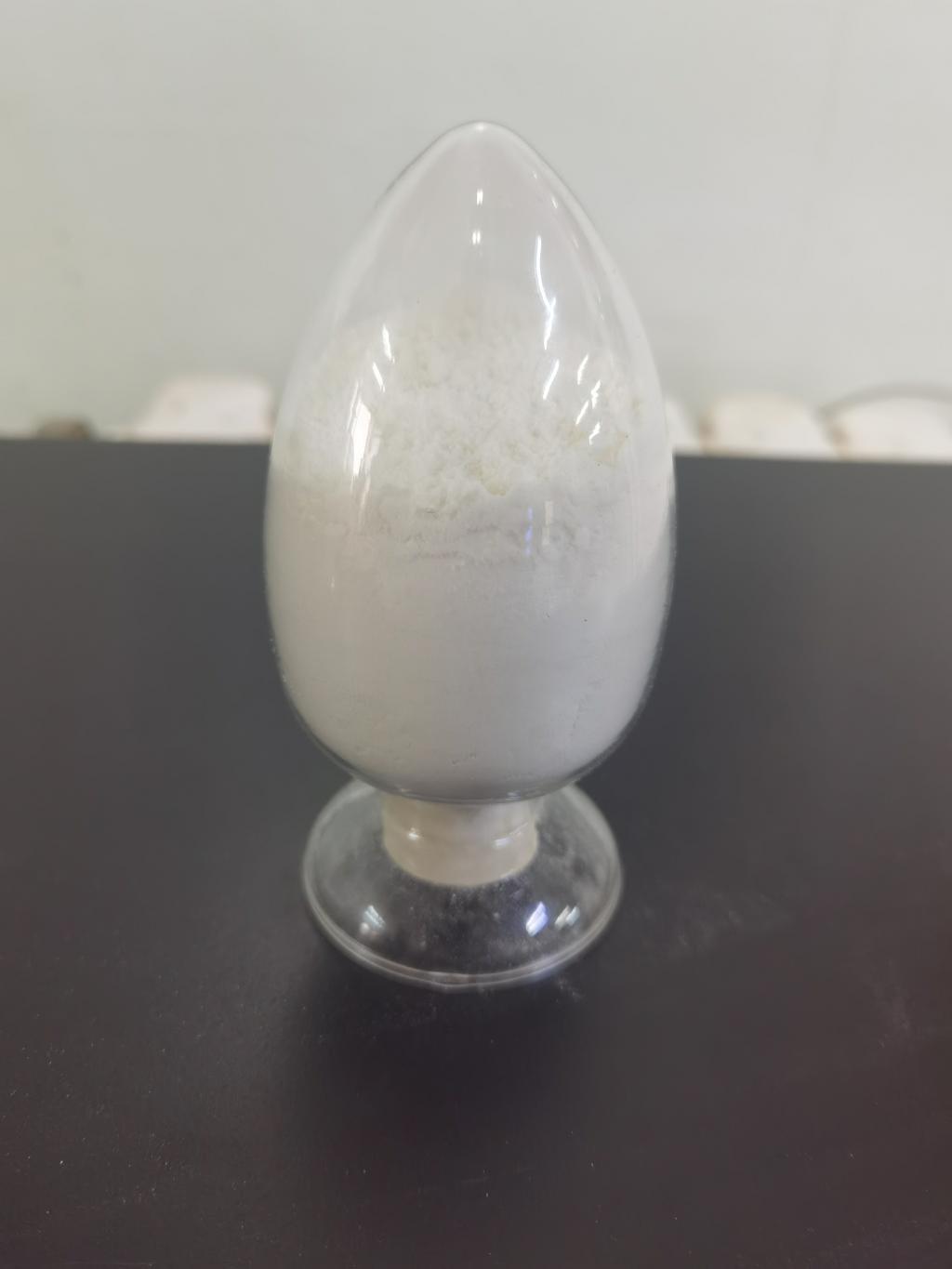Tel:+8618231198596

News
 CONTACT
CONTACT
 CONTACT
CONTACT
- Linkman:Linda Yao
- Tel: +8618231198596
- Email:linda.yao@dcpharma.cn
- Linkman:CHARLES.WANG
- Department:Overseas
- Tel: 0086 0311-85537378 0086 0311-85539701
News
Exploring the synergistic effects of ε-Polylysine hydrochloride with other preservatives.
TIME:2024-05-13
1. Mechanisms of Action of ε-Polylysine Hydrochloride and Other Preservatives:
ε-PL-HCl exerts its antimicrobial activity by disrupting microbial cell membranes, leading to leakage of intracellular contents and ultimately cell death. Other common preservatives, such as organic acids (e.g., acetic acid, lactic acid), antioxidants (e.g., tocopherols, ascorbic acid), and chelating agents (e.g., EDTA), also inhibit microbial growth through various mechanisms, including pH modulation, oxidation-reduction reactions, and metal ion sequestration. By targeting different aspects of microbial metabolism and physiology, these preservatives can complement each other and enhance overall antimicrobial efficacy.
2. Synergistic Interactions in Food Preservation:
When combined, ε-PL-HCl and other preservatives may exhibit synergistic effects, resulting in greater inhibition of microbial growth than either compound alone. For example, ε-PL-HCl's disruption of microbial cell membranes may facilitate the entry of other preservatives into microbial cells, enhancing their intracellular activity. Similarly, the acidification of the food matrix by organic acids can potentiate ε-PL-HCl's antimicrobial activity by further destabilizing microbial membranes. Additionally, combining antioxidants with ε-PL-HCl can help prevent oxidative deterioration of food products, thereby extending shelf life and maintaining product quality.
3. Practical Applications in Food Preservation:
Synergistic preservative combinations, including ε-PL-HCl, are commonly used in a variety of food products to enhance microbial stability and extend shelf life. In meat and poultry products, for example, ε-PL-HCl may be combined with organic acids to inhibit bacterial growth and prevent spoilage during processing and storage. Similarly, in dairy products, synergistic preservative blends containing ε-PL-HCl can help control microbial contamination and maintain product freshness throughout distribution and retail. Moreover, in bakery and beverage products, combining ε-PL-HCl with antioxidants and chelating agents can help prevent microbial spoilage and maintain product quality over time.
4. Benefits and Challenges of Synergistic Preservative Combinations:
The use of synergistic preservative combinations offers several benefits, including enhanced efficacy, broader spectrum of activity, and reduced risk of microbial resistance development. By combining preservatives with complementary mechanisms of action, food manufacturers can achieve greater microbial control while minimizing the use of individual compounds. However, challenges associated with synergistic preservative combinations include potential interactions between components, formulation stability, and regulatory considerations. Food manufacturers must carefully evaluate the compatibility and effectiveness of preservative blends to ensure product safety and compliance with regulatory standards.
5. Future Directions and Considerations:
As consumer demand for clean label ingredients and natural preservatives continues to grow, the development of synergistic preservative combinations, including ε-PL-HCl, is expected to expand. Future research efforts should focus on elucidating the mechanisms underlying synergistic interactions between ε-PL-HCl and other preservatives, optimizing formulation strategies, and evaluating the safety and efficacy of these combinations in various food matrices. Additionally, advancements in food processing technologies and ingredient delivery systems may facilitate the development of novel synergistic preservative blends with improved stability and functionality.
Conclusion:
Synergistic preservative combinations, including ε-Polylysine hydrochloride (ε-PL-HCl) with other preservatives, offer a promising approach for enhancing microbial stability and extending the shelf life of food products. By combining preservatives with complementary mechanisms of action, food manufacturers can achieve greater efficacy in controlling spoilage organisms while meeting consumer demand for clean label ingredients and natural preservation solutions. However, the development and implementation of synergistic preservative blends require careful consideration of formulation factors, regulatory requirements, and safety considerations to ensure product quality and consumer satisfaction.
- Tel:+8618231198596
- Whatsapp:18231198596
- Chat With Skype







